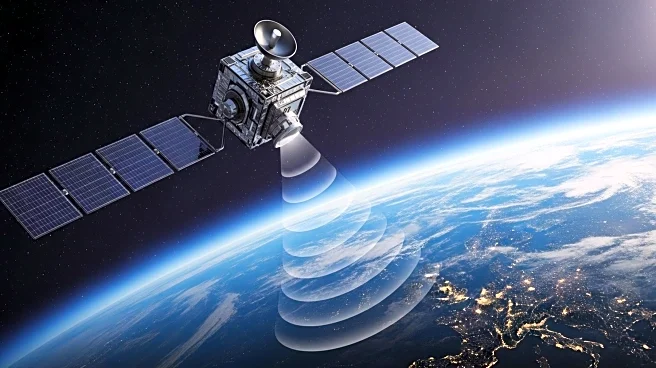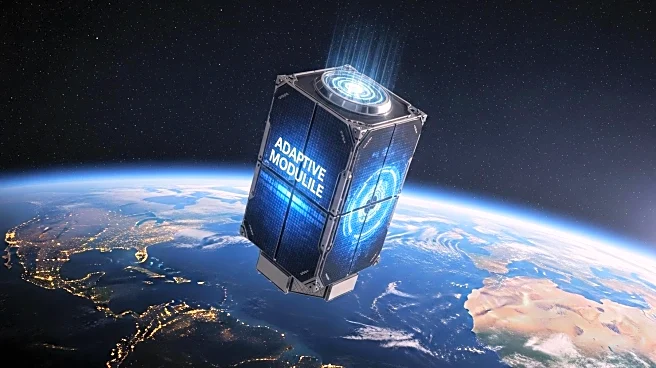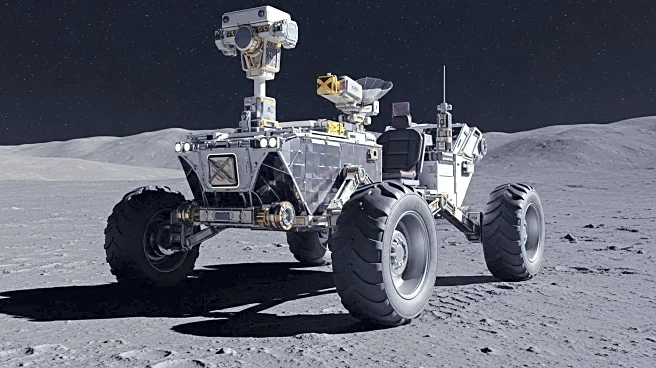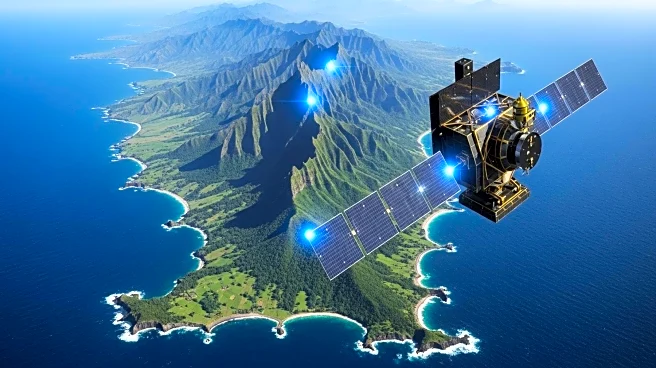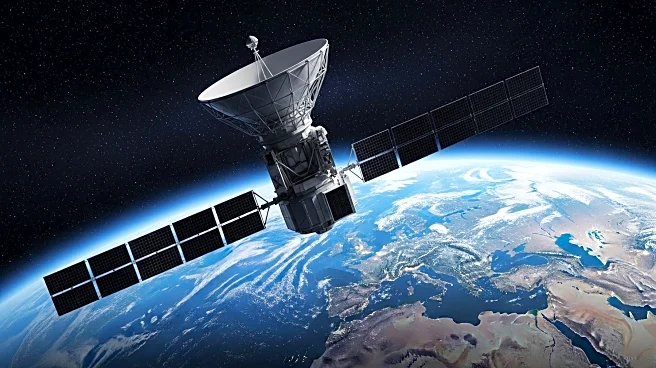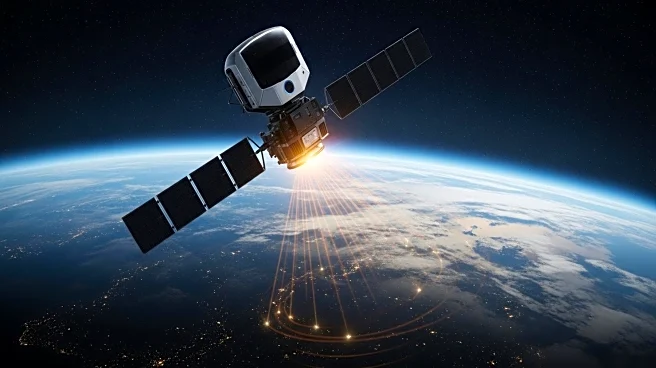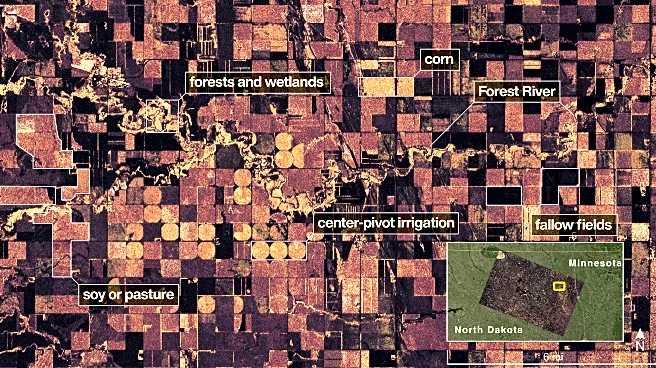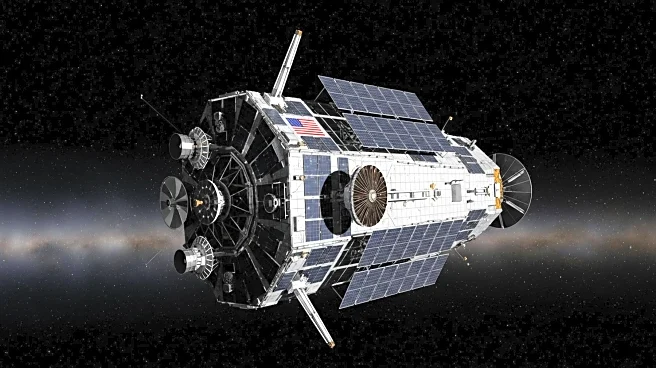What is the story about?
What's Happening?
NASA and ISRO's joint satellite mission, NISAR, has successfully released its first radar images of Earth's surface. Launched in July 2025, the satellite utilizes a dual-band radar system to capture detailed images of various terrains, including forests, wetlands, farmland, and urban areas. These images demonstrate NISAR's potential in monitoring ecosystems, agriculture, and natural disasters, providing unprecedented insight into the Earth's surface. The collaboration between NASA and ISRO aims to enhance global understanding of environmental changes and support efforts in disaster management and resource planning.
Why It's Important?
The release of NISAR's radar images marks a significant advancement in Earth observation technology. By providing detailed insights into land use and environmental changes, the satellite can aid in better management of natural resources and disaster response strategies. This development is crucial for countries facing challenges related to climate change, deforestation, and urbanization. The data from NISAR can help policymakers and scientists make informed decisions to address these issues, potentially leading to more sustainable practices and improved resilience against natural disasters.
What's Next?
As NISAR continues to collect data, it is expected to play a vital role in global environmental monitoring. The satellite's capabilities will likely be integrated into various international efforts to track climate change impacts and support conservation initiatives. Future collaborations between NASA and ISRO may expand the scope of Earth observation missions, further enhancing the ability to monitor and respond to environmental challenges worldwide.
Beyond the Headlines
The NISAR mission highlights the importance of international cooperation in advancing scientific research and technology. By combining resources and expertise, NASA and ISRO have set a precedent for future collaborations that can address global challenges. The success of NISAR may encourage other countries to engage in similar partnerships, fostering a more unified approach to tackling environmental issues.
AI Generated Content
Do you find this article useful?
